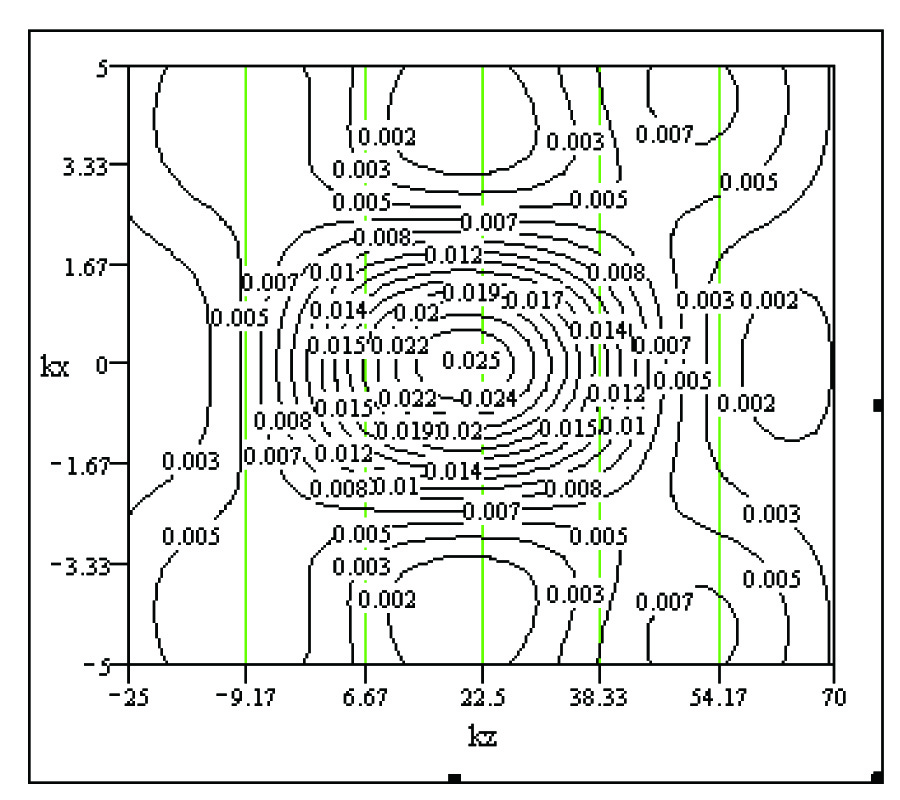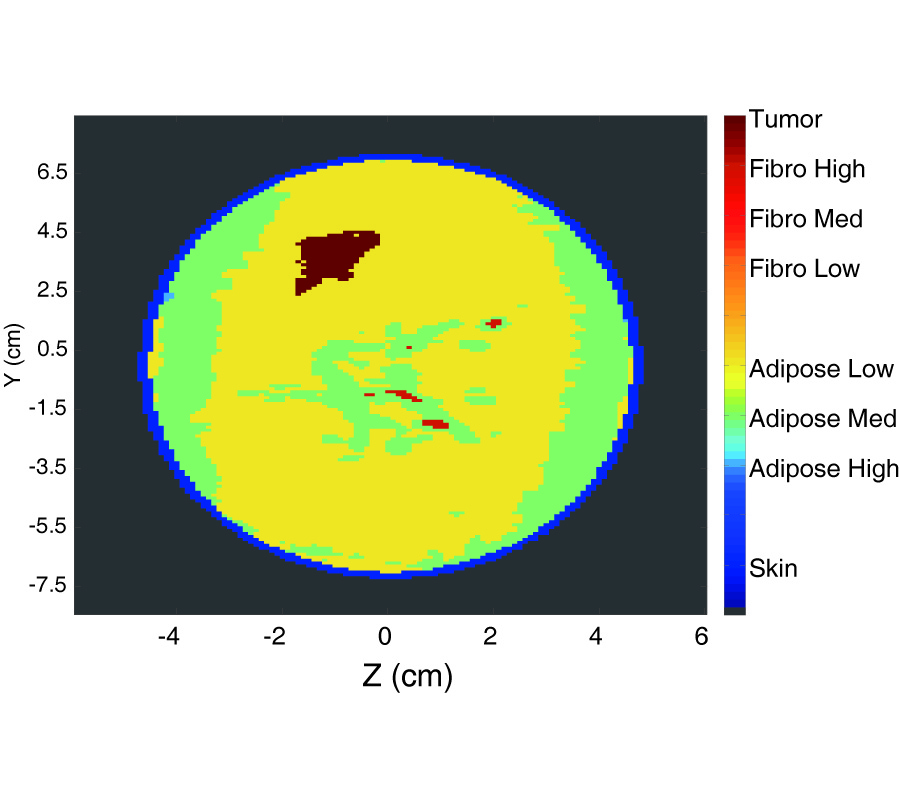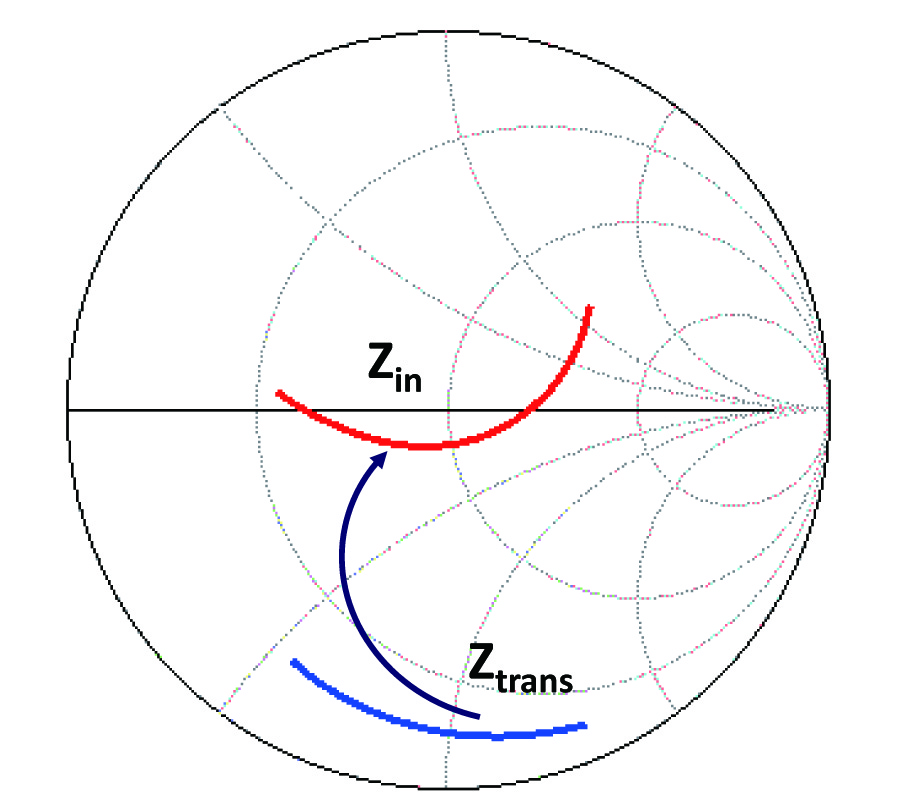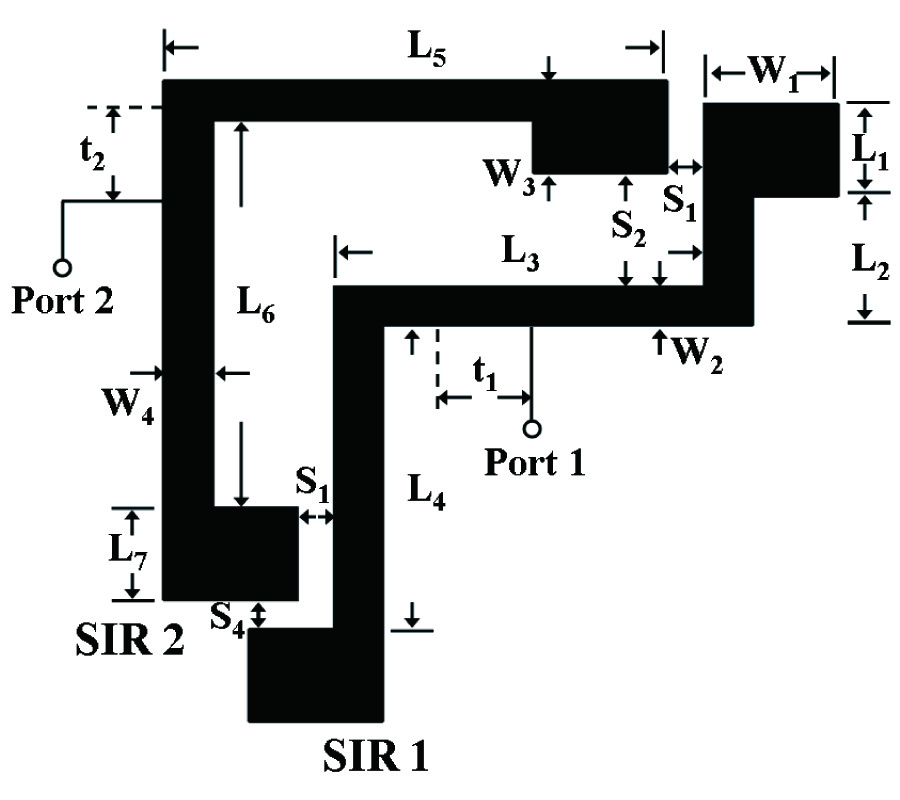Signal Recovery in Pulsed Terahertz Integrated Circuits
Abdorreza Heidari,
Mohammad Neshat,
Daryoosh Saeedkia and
Safieddin Safavi-Naeini
In this article, a time-domain calibration procedure is proposed for pulsed Terahertz Integrated Circuits (TIC) used in on-chip applications, where the conventional calibration methods are not applicable. The proposed post-detection method removes the unwanted linear distortions, such as interfering echoes and frequency dispersion, by using only one single-port measurement. The method employs a wave-transfer model for analysis of the TIC, and the model parameters are obtained by a proposed blind estimation algorithm. A complete implementation of the method is demonstrated for a fabricated TIC, when used in an on-chip sensing application. The features of interest in the measured signal, such as absorption lines, can be masked or weakened by the distortion of the THz signal happening in a TIC. The proposed signal recovery approach improves the detection of those otherwise hidden features, and can significantly enhance the performance of existing TICs. To show the effectiveness of the proposed de-embedding method, numerical results are presented for simulated and measured signals. The method presented in this article is enabling for accurate TIC applications, and can be utilized to optimally design novel TIC structures for specific purposes.
























